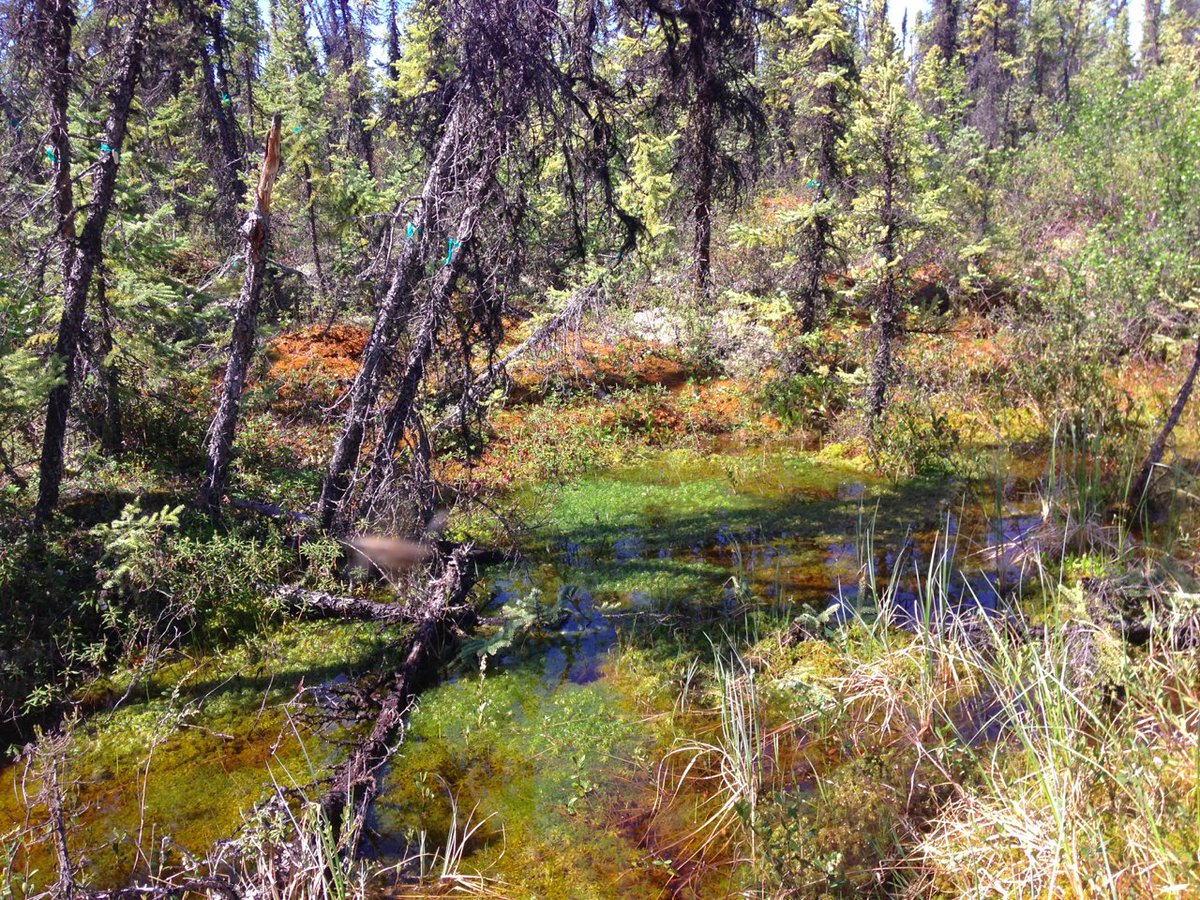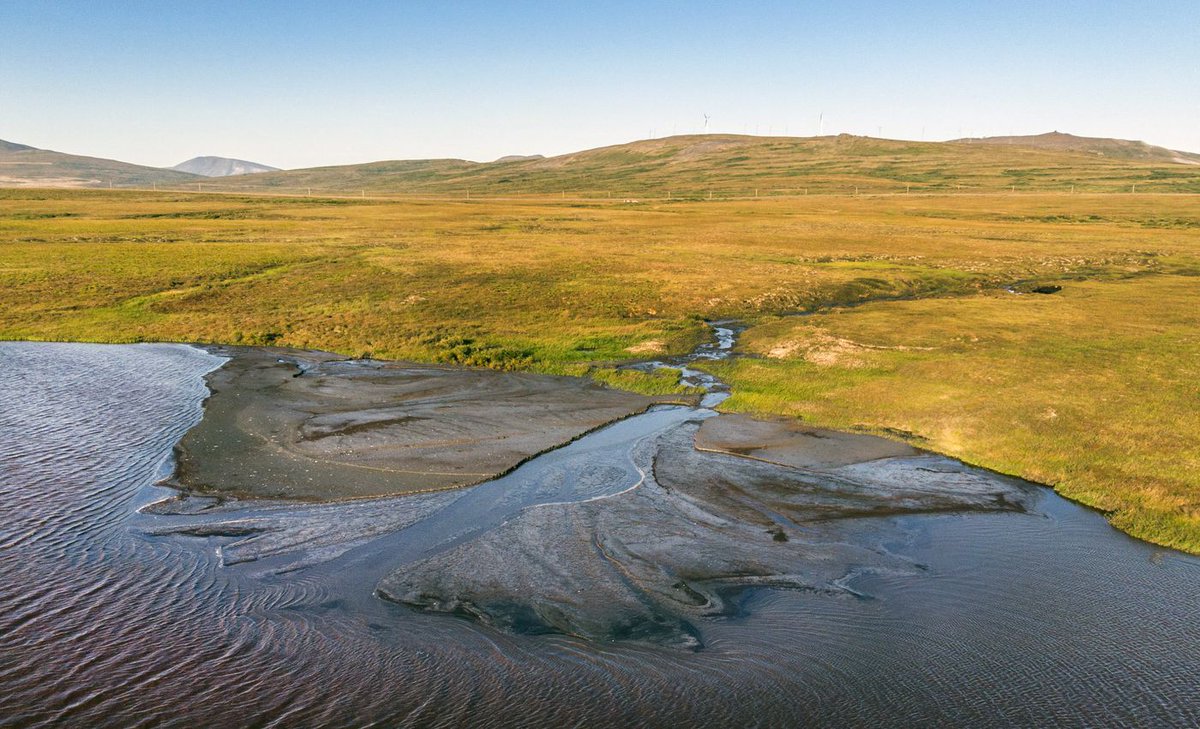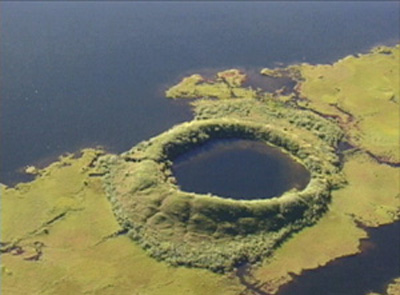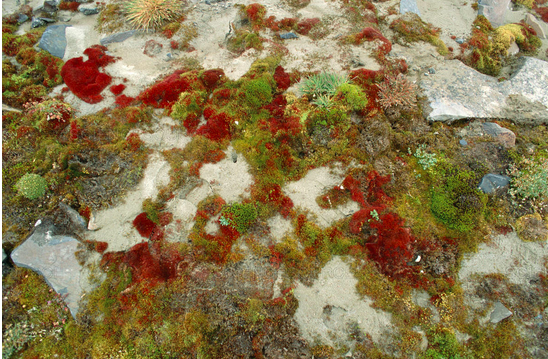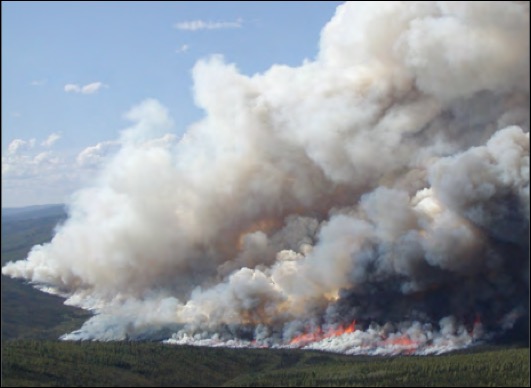
With a lot of debate this week on how models simulate permafrost thaw & climate impacts, I want to explain how we actually MEASURE permafrost change. Follow this thread for the pretty scenes or the weird science. Here is me caught in a surprise ❄️ squall w/ permafrost gear. 1/ 

The traditional method of monitoring permafrost change is through the trusty frost probe. In this quick video I explain our work on 🔥-permafrost interactions while taking a frost probe measurement. 2/
Below check out a time lapse video of frost probing along one of our transects in the Northwest Territories 🇨🇦. I share these field sites with an array of incredible students & the fabulous @forestecogrp. 3/
https://twitter.com/queenofpeat/status/1179007462327947264?lang=en
Frost probing tells us whether the top active layer is thickening & thus thawing surface permafrost. But what about carbon? Well one approach is to frost probe near collars where we measure CO2 & CH4 emissions. Here @fen_fatale probes our @BNZ_LTER flux collars near Fairbanks. 4/ 

Another challenge for us is to quantify how much carbon is contained in the permafrost & how this varies w/ depth. We can drill into the frozen soils w/ some elbow grease & mechanical help. We can collect a few meters of core this way, bigger drill rigs can go much deeper! 5/ 

Images of permafrost cores! Notice the variation in color & patterns. Permafrost can be frozen peat or mineral soil. Frozen peat tends to be very carbon-rich! We collect & analyze these cores before & after 🔥. Another measure of permafrost change! 6/ 





After thaw of ice-rich permafrost, soils are so wet that we use limnology methods to collect them. The frozen finger technique uses dry ice to freeze thawed material to the outside of our corer. This is weird science for sure! @CarolynG_22 @subarcticmonkee 7/
Here @CarolynG_22 explains the method w/ @subarcticmonkee. Notice the 🦟 flying around even though this was late in the season. 8/
@MiriamCJones @kmanies & I took yrs to develop this method for saturated thawed permafrost soils. Here is the end result - previously frozen permafrost organic matter "stuck" to the outside of our cores, we can then sample it w/ depth & analyze carbon concentrations. @USGS 9/ 



Temperature monitoring of course is important for monitoring permafrost change. But to understand how thaw affects carbon, we need to make lots more measurements like the ones in this thread. I welcome my perma-peeps to chime in w/ their fav methods! The end & thanks! 10/10 

• • •
Missing some Tweet in this thread? You can try to
force a refresh



